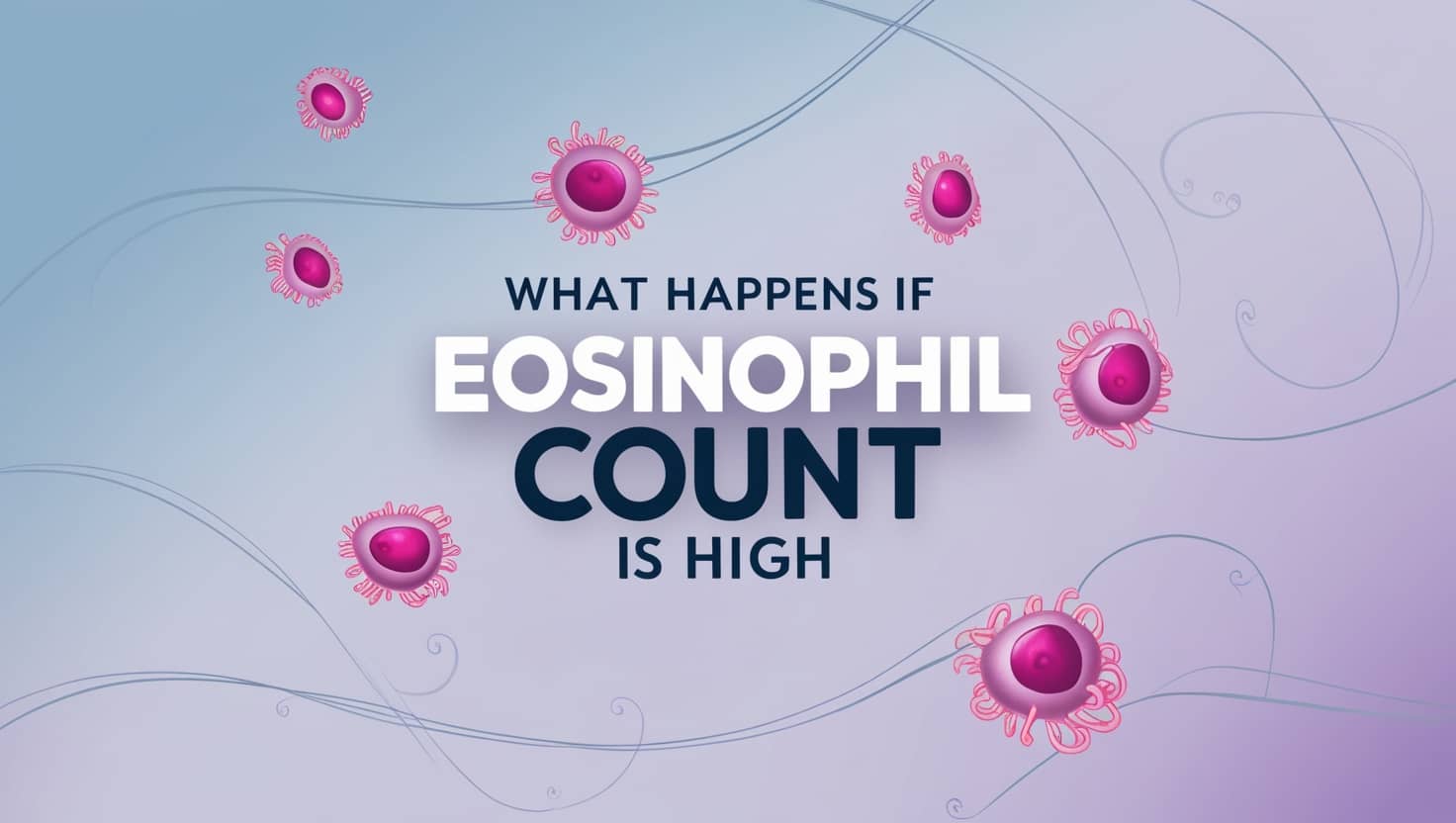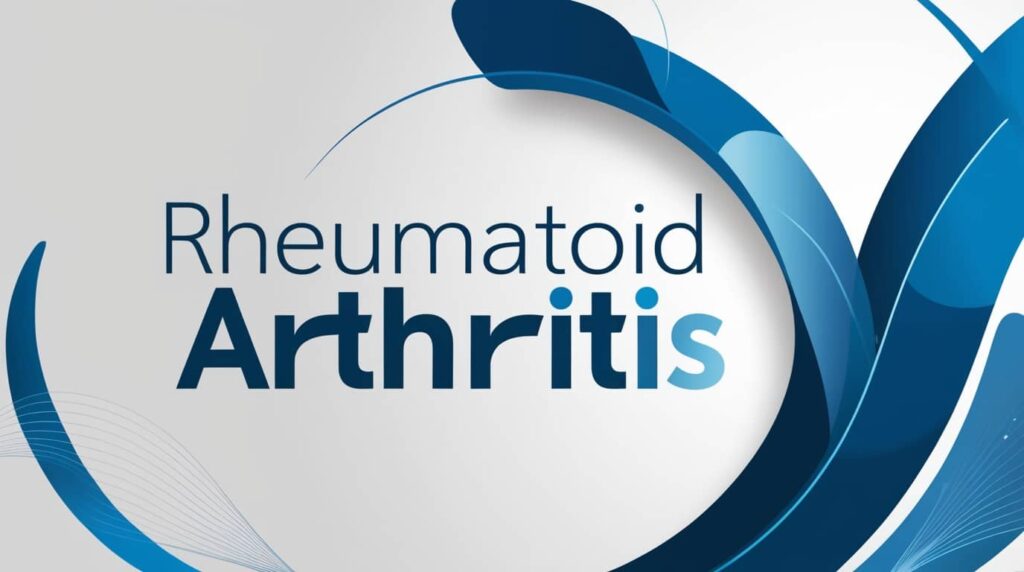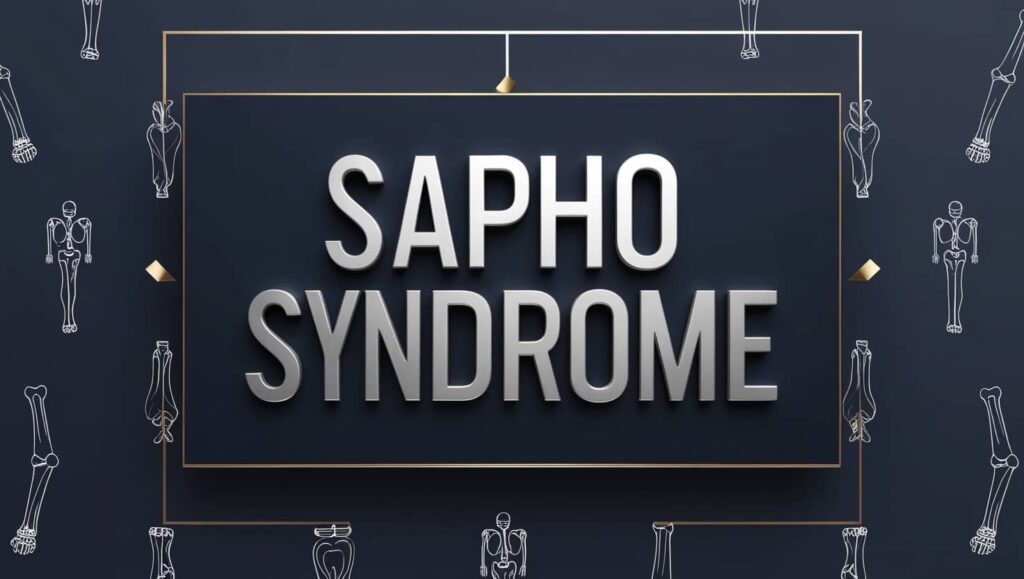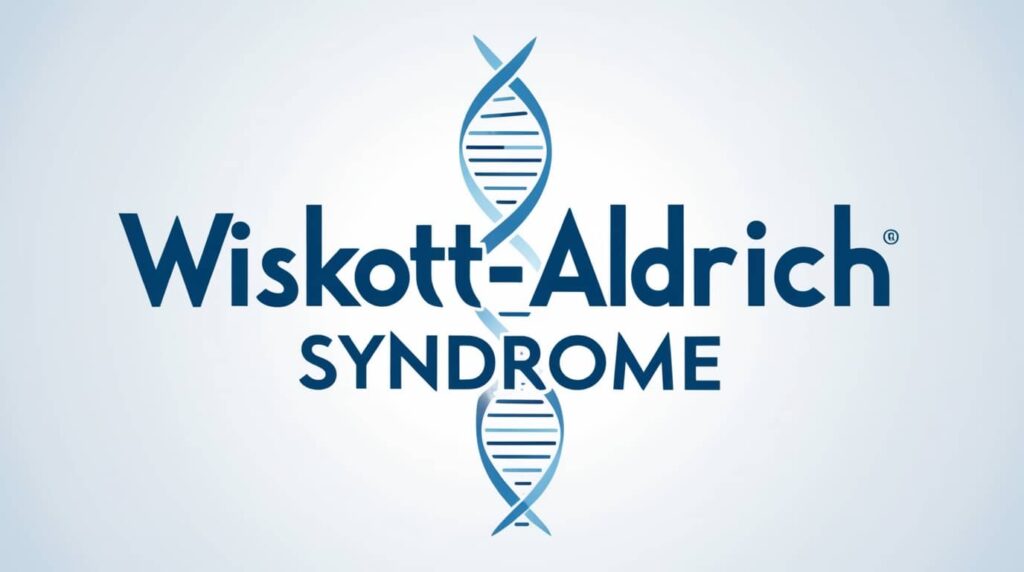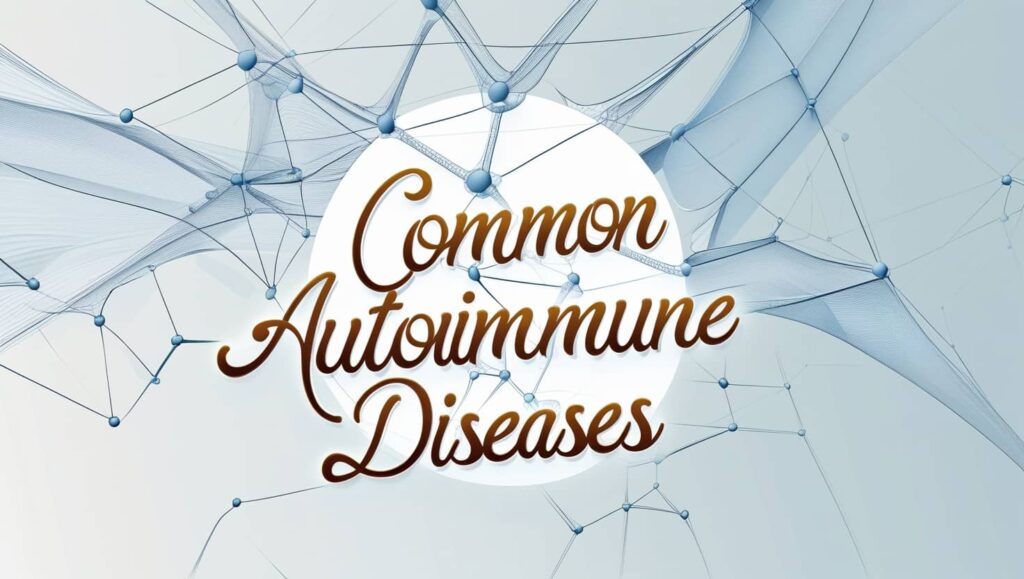Eosinophilia, which is characterized by an elevated level of eosinophils (a type of white blood cell), can be caused by a variety of factors including parasitic or fungal infections, allergic reactions to certain foods or medications (hypersensitivity), autoimmune disorders, and even certain types of leukemia.
The severity of eosinophilia can vary greatly depending on the underlying cause.
What Happens if Eosinophil Count Is High?
When your eosinophil count is high, you may experience a range of symptoms including fatigue, joint pain, itchy skin, coughing, nasal congestion, and wheezing.
Causes of Elevated Eosinophil Counts
What are the causes that increase the number of eosinophils or in other words What Happens if Eosinophil Count Is High?
- Parasitic infection: One of the most common causes of increased eosinophil count is infection with parasites such as schistosomiasis. (PubMed, 2015)
- Fungal infection: Fungal infection can cause an increase in the number of eosinophils.
- Asthma: One of the most common causes of increased eosinophil count.
- Allergies: Allergic reactions of the immune system to some allergens, such as seasonal allergies, can increase the number of eosinophils.
- Some skin diseases: such as eczema, atopic dermatitis, eczema, Sézary syndrome
- Graft-host reaction
- Connective tissue diseases: eosinophilic myalgia syndrome, and Churg-Strauss syndrome.
- Autoimmune diseases: Such as inflammatory bowel disease, autoimmune myocarditis, vasculitis, and sarcoidosis increase the number of eosinophils.
- Leukemia: Some types of leukemia can increase the number of eosinophils.
- Hypereosinophilic syndrome (HES): A condition in which the eosinophils themselves cause inflammation in different areas of the body.
- Some types of medications: such as amphetamines, antibiotics, and laxatives that contain selenium can increase the number of eosinophils.
Symptoms and Risks of High Eosinophil Levels
Symptoms of high eosinophil count depend on which organs are affected.
For example, if the lungs are affected, symptoms may include coughing, shortness of breath, or wheezing.
If the heart is affected, symptoms of congestive heart failure may occur.
The most common symptoms of high eosinophil count in the blood include:
- A general feeling of fatigue and loss of energy.
- A rash that may appear as red, swollen, itchy bumps or hives.
- Shortness of breath, wheezing, or coughing.
- Pain in the chest, jaw, or arm.
- Fever or night sweats.
- Weight loss.
Risks of high eosinophil count
If the problem that causes high eosinophil count is not treated, it can cause damage to cells, tissues, and organs in the body.
This is because eosinophils can produce inflammatory cytokines, and they also contain enzymes that break down proteins. (StatPearls, 2023)
Managing and Treating High Eosinophil Counts
First, we must understand what happens if eosinophil count is high by conducting the necessary tests and understanding the causes of the problem.
Then comes the role of treatment by treating the underlying cause of the high number of eosinophils.
Common treatments include:
- Anti-inflammatory drugs: which help reduce the number of eosinophils
- Steroids: can treat eosinophilic syndromes
- Antiparasitic drugs: which treat parasitic infections
- Asthma medications: can treat acid asthma
- Biological drugs: can treat severe asthma
- Avoid certain foods: such as fatty, spicy and acidic foods.
- Eat a healthy diet: eat a balanced diet.
- Eat foods rich in calcium: such as milk substitutes, sesame seeds, tahini, dried figs and green leafy vegetables.
- Reducing inflammation: try eating ginger or turmeric.
- Reduce exposure to allergens: Treat allergies and avoid triggers
- Keep your home clean: Dust mites can irritate people with dust mite allergies
- Quit smoking and limit alcohol intake: This can improve your overall health
- Increase vitamin D: High eosinophil counts are more common in people with low vitamin D levels.
References
- PubMed. (2015). Retrieved from Eosinophilia in Infectious Diseases
- StatPearls. (2023). Retrieved from Eosinophilia


